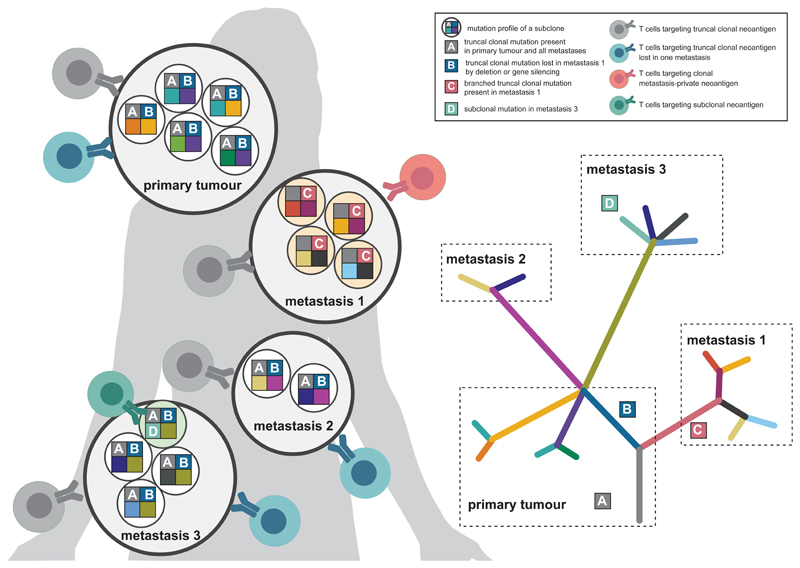Figure 4. Factors affecting neoantigen recognition and evolution.
Each lesion (primary or metastasis) of an individual tumour disease consists of different subclones, each of which may contribute sets of different neoantigens to the patient’s neoantigenome. Depending on whether the neoantigen is truncal clonal (neoantigen A), truncal clonal but lost in a metastasis by deletion or gene silencing (neoantigen B), clonal in a certain metastasis (neoantigen C) or specific for a certain subclone in a single metastasis (neoantigen D), neoepitope-specific T cells would target either all tumour cells (neoantigen A), all tumour cells of the lesions harbouring the neoantigen (neoantigen B), tumour cells of a distinct lesion (neoantigen C) or merely a single tumour subclone (neoantigen D).

